Top-Down or Bottom-Up: Songwriting in 2025
We delve into songwriting, music production and more in this edition of Reels & Riffs.
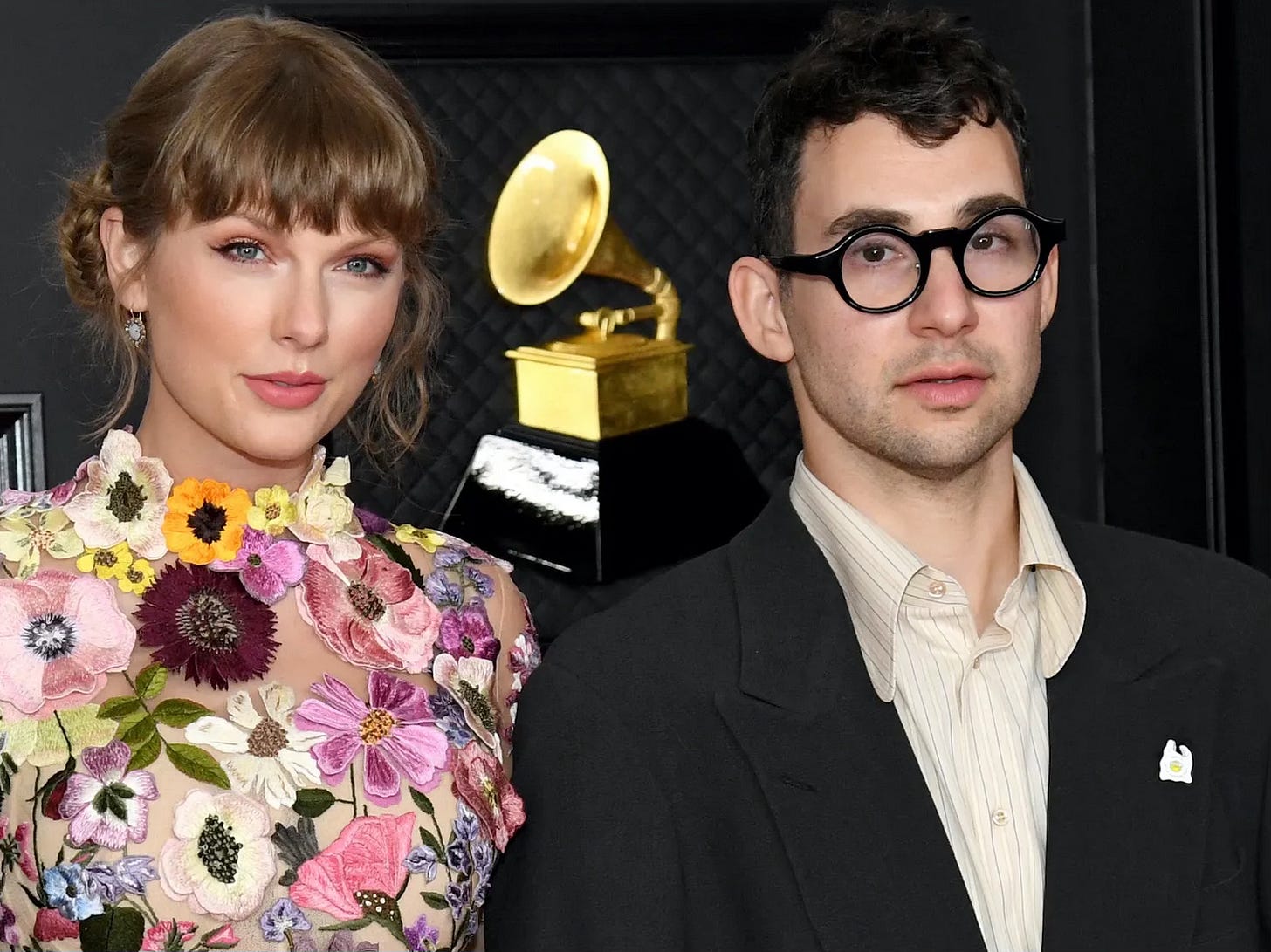
The craft of songwriting and the approach to creating a song has evolved over the years and decades since the early days of pop music. One thing, however, has remained consistent: the basic principles of copyright laws. I’m not a lawyer, but this stuff is interesting, I think.
What is Protected by Copyright
In songwriting, for musical compositions, there are two things you can copyright: melody and lyrics (as a combo often referred to as the ‘topline’ of a song). But, melody is not JUST the vocals, but any recognizable melodic structure within the song. The chord progressions are not protected under copyright law in the same way due to the limitations of a seven-note scale and a twelve-note octave. Neither is a certain rhythm, unless paired with a melody. If a bass line in a song is uniquely distinguishable and part of the melodic themes of a song, then yes, it is protected, because the bass line forms a melody that becomes a signature line of that song.
Think of songs like “Under Pressure” by Queen + David Bowie, “Good Times” by Chic, “Seven Nation Army” by The White Stripes, or “Money” by Pink Floyd. They all have very recognizable bass lines. Melodic guitar riffs (sometimes doubled by the bass) are also protected by copyright law. For example “La Bamba” by Ritchie Valens, “Owner of a Lonely Heart” by Yes, “Beat It” by Michael Jackson, and of course “Stayin’ Alive” by The Bee Gees.
The music production (creating the recording of the musical composition) isn’t protected as part of a musical composition under the law; the production is part of the master recording copyright; it is part of what we hear, not what is written, if that makes sense. Over time, this distinction has changed in writer rooms and on song split sheets for the benefit of music producers, where it is now common to share songwriting credits and percentages with the music producer.
What is a Music Producer, really
A music producer used to be someone in the recording studio control room who would lead the recording session, direct and guide the artist and the musicians as they were recording their parts. A producer would also give instructions to the sound engineer behind the mixing board (“more cowbell, I need more cowbell!”).
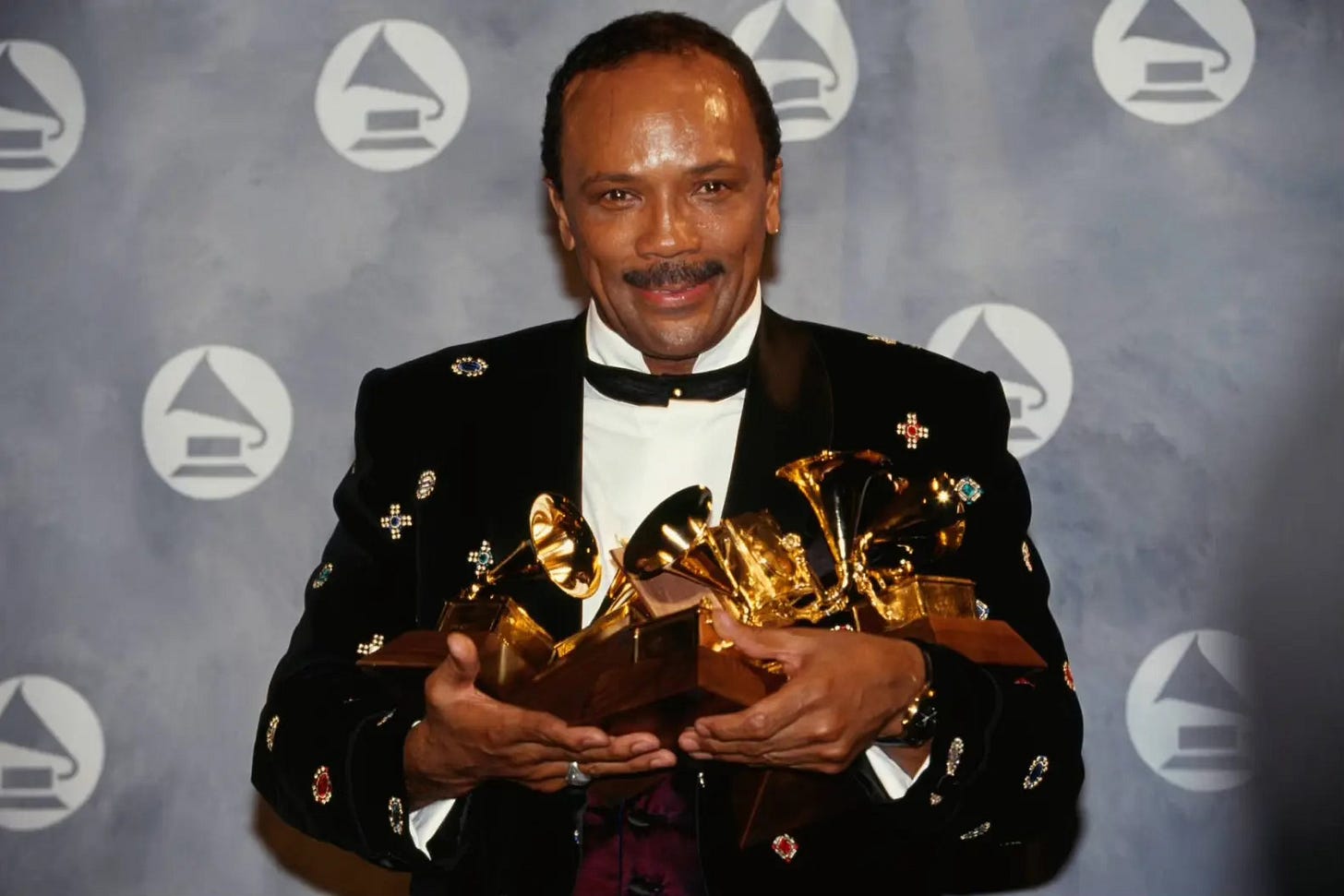
In the past few decades, some music producers have without much fuzz argued that, because they record and produce the song while the songwriting process is happening, they should also be entitled to a share of the musical composition, not just of the master recording. This even though they may not be involved in creating the melody or the lyrics.
A music producer today typically handles the traditional music producer role, the recording engineer role, and the co-writer role. He or she will track and record the instruments, select sounds and beats, write instrument parts and vocal harmonies, and work with the artist and musicians to get the best studio performance out of them.
With new technology, and the digital revolution making music distribution through streaming services such as Spotify, Apple Music, Amazon Music and YouTube Music readily available at practically no cost to everyone, the pool of music creators has expanded. While a songwriter typically used to be someone who mastered a musical instrument; today, the producers credited as songwriters are often so-called beat makers. By learning to use technology readily available that does not require music theory training or technical skills on a musical instrument, they create musical patterns and tracks. You can buy these beats and ‘sample packs’ from various apps and websites and then use them in your songs. This approach is very common in music genres such as hip-hop and R&B, but also in pop and electronic dance music (EDM).
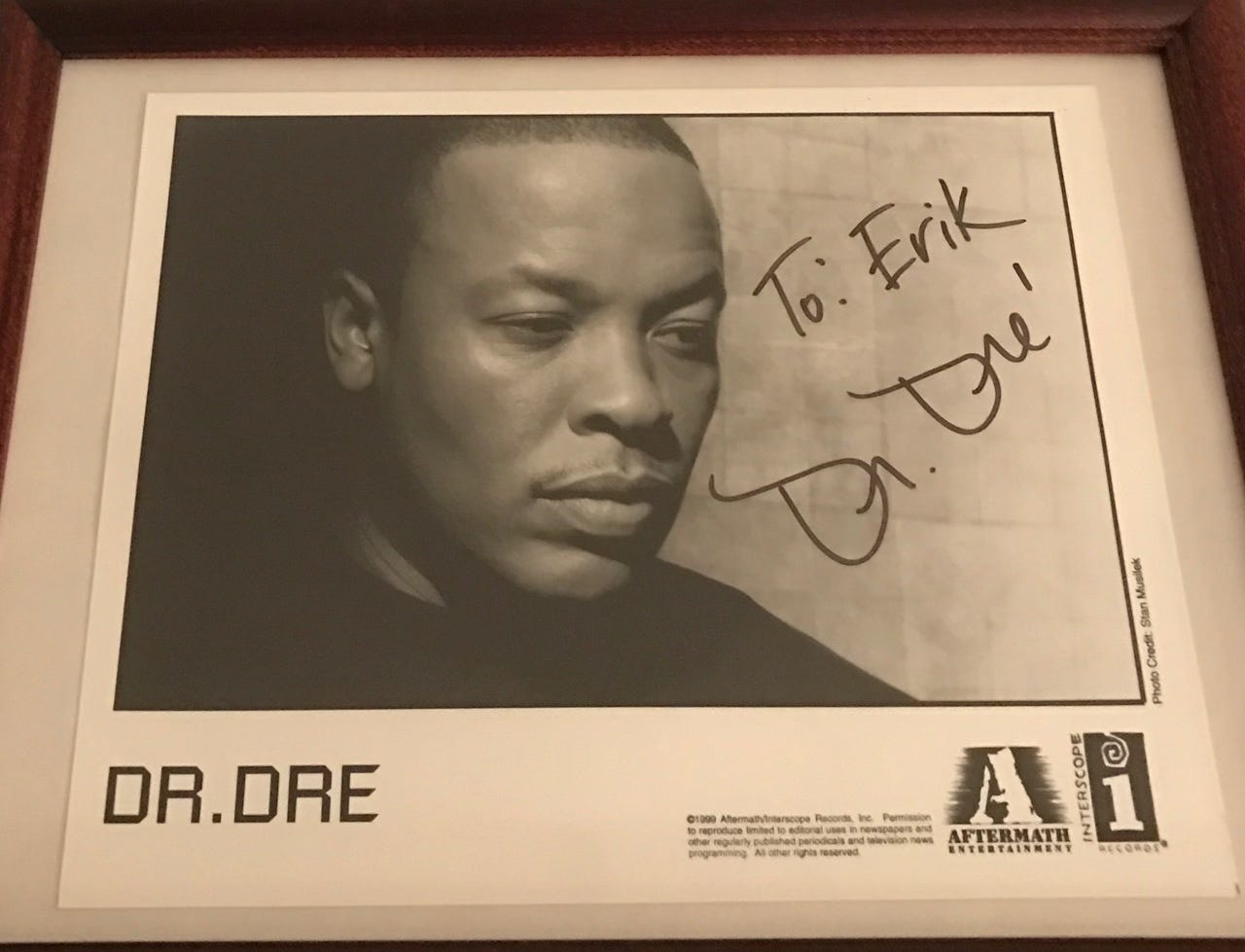
The Gatekeepers
Up until Napster (1999), Limewire (2000), Pirate Bay (2003) and other illegal peer-to-peer file sharing services arrived, the record industry was completely controlled by the major record companies, along with a small independent record label infrastructure that was over time was acquired by, and built, the majors. Each major record label would also have a music publishing arm. This meant that they controlled recorded music (master recordings) plus the written or composed music (musical compositions).
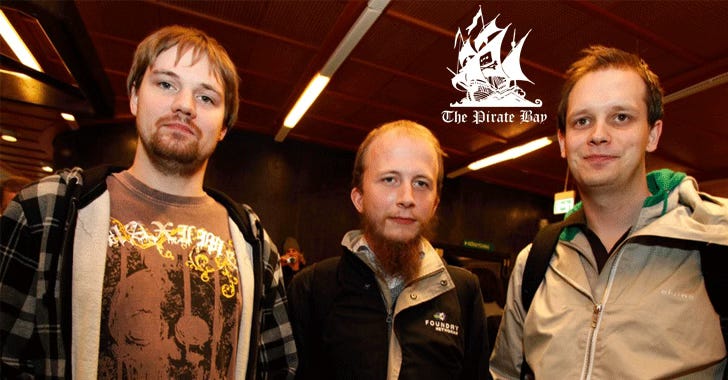
Aspiring artists would often complain about the record companies, because getting signed to a record deal, was very difficult. Even signed artists would complain, mostly about the terms of their record deal and how the record labels controlled their creative output and ability to do what they wanted to do. Each label only signed a limited number of artists per year. If you wanted a life-changing deal, you aimed for one of the big four (at the time): Warner Bros., Universal, Sony or EMI. Today, EMI has been absorbed by Universal (records) and Sony (publishing), while back in the 1970’s, there were as many as six major labels: ABC, CBS, RCA, Warner, EMI and PolyGram.
Because the major labels controlled distribution of music prior to the digital revolution, it was very hard for unsigned artists to be heard. The labels also controlled more or less what was played on the radio, which was the one major way of having your music heard besides live TV show performances and concerts up until the launch of MTV in 1981.
Sure, there was a distribution network for independent music, too, but again, it could not be compared to the major label machine. They were the gatekeepers.
Looking back at the music industry of the 20th century, record labels chose which artists would get a chance at becoming a household name. They signed what they believed was good and had commercial potential. Bands who could fill venues with fans, stood a much better chance of getting signed because those fans were potential album customers. At the end of the day, it was, and still is, the music BUSINESS.
My first job in the music business here in Los Angeles, was a paid internship at MCA Records (Universal Music). While I was there, I had a meeting with the head of their A&R (artist & repertoire) department. He played me songs from a brand new album that had just been completed. I was excited, mostly because I realized how much power this guy had in choosing which artists to sign. After listening to a few songs, he said: “we are not going to release this.” I was baffled, and he continued: “the album is done, it’s mastered, ready to go, but I don’t think it’s good enough to make an impact, so we won’t invest what it takes in marketing and promotion to move enough units.” So instead of releasing the album and at least make some money back on the recording expenses, they chose to ‘shelf’ it, as it was commonly called. Imagine that artist, who had previously signed away his rights and control in the master recordings when he signed his record contract, getting that little piece of news…
Today, there are no gatekeepers. Practically anyone can reach a worldwide audience with their music. There is no threshold to entry. There’s nobody at Spotify or Apple Music who pushes back songs and refuse to add them to their platforms because they think the songwriting or the production sucks. Neither the objective nor subjective quality of the music is judged prior to introducing the music to a potential audience on a streaming platform.
Has this lack of gatekeepers been a contributing factor, along with technology making it possible to make music with less effort or knowledge, to an overall decline in song quality? Some people believe so, and I would be lying if I didn’t put myself with at least one leg in that camp. Every day, over 100.000 new songs or tracks are uploaded to Spotify and other streaming services. Are they all masterpieces? No.
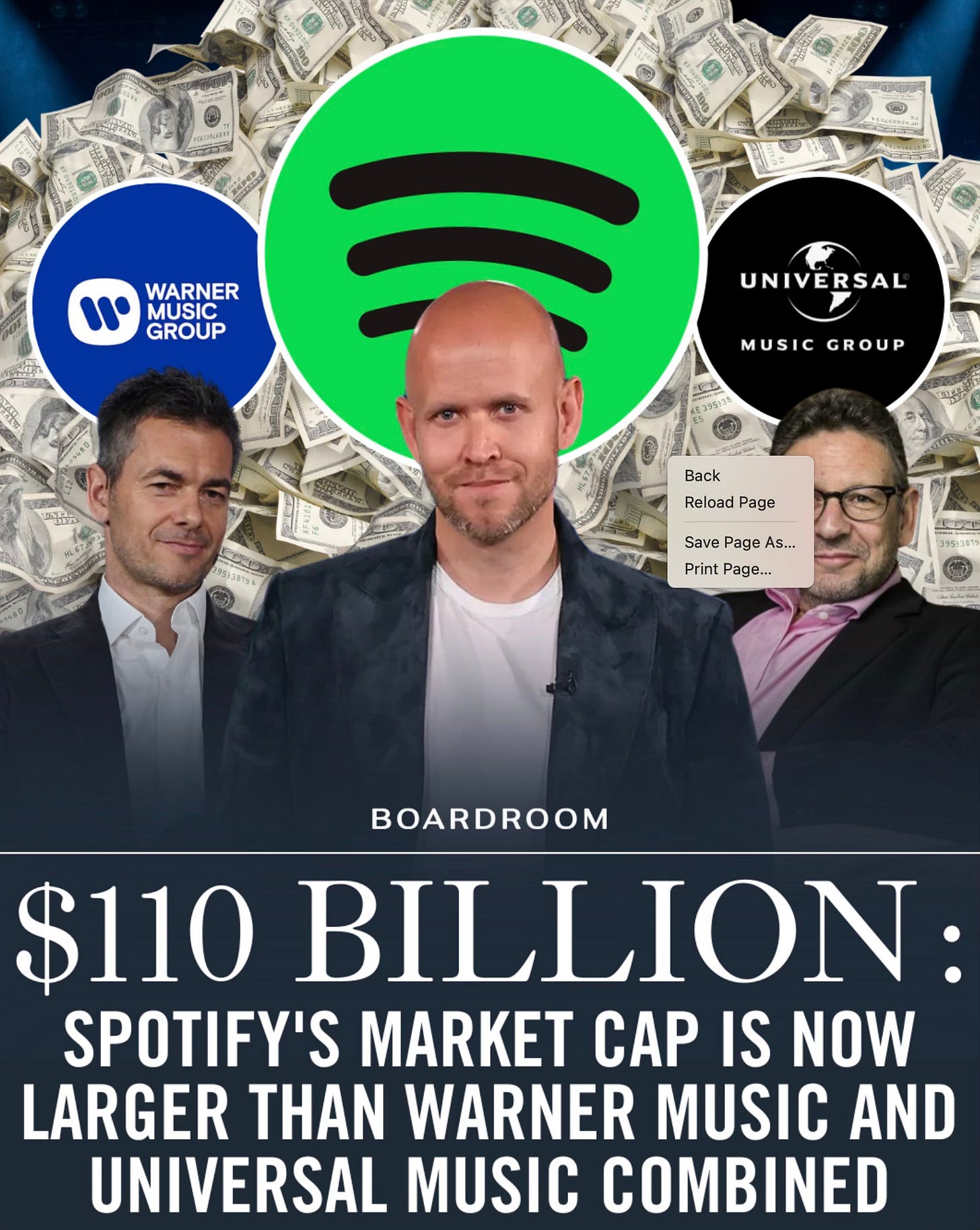
Songwriters and Beat Makers
When making a song using beats, you are building a song from the bottom up. You start with clips containing drums, bass and some keyboard chords, and you loop those four to eight-bar beats over and over again to create a 3-4 minute basis. Then the topliners write melody and lyrics on top of that. Sometimes the beat is a sample from one or more previously existing song.
With this kind of songwriting, there are typically fewer chord and harmony changes throughout a song because the same pattern is repeated. The chord progressions are the same in the intro, the verses, and the choruses. Very often the beats are in a minor key, as well, giving whole genres a similar vibe.
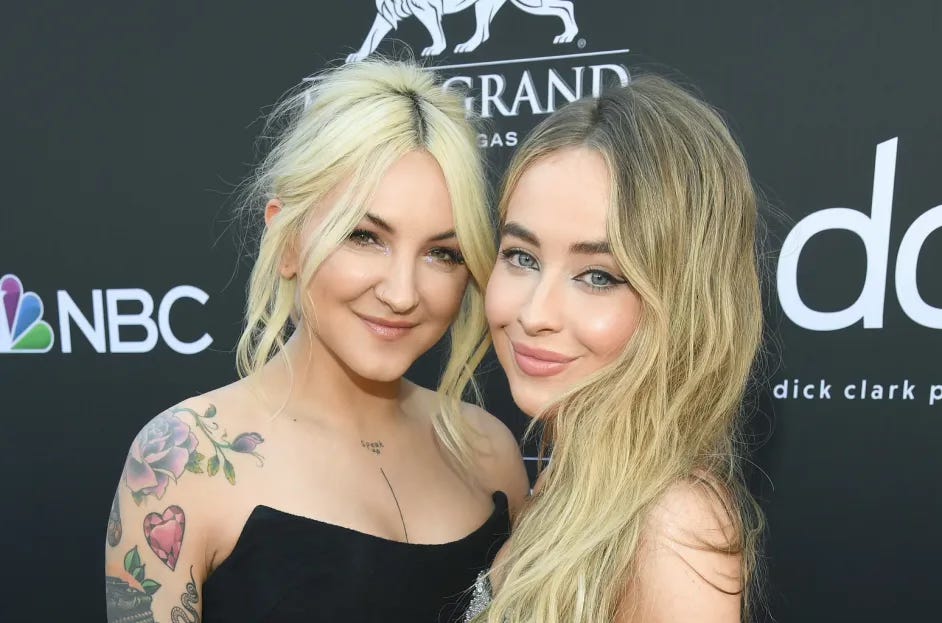
Over the years, many listeners have gotten used to this way of writing, which, to be fair, once was an innovative and new approach to songwriting.
A number of popular songs in both pop, hip-hop and R&B have been made this way and achieved great success. Think of songs like “Family Affair” by Mary J. Blige, “Yeah!” by Usher (ft. Lil Jon and Ludacris), “Work Bitch” by Britney Spears, and “We Found Love” by Rihanna and Calvin Harris.
The traditional way of writing melody and lyrics first before going into a recording studio to record, has a long tradition, first in jazz and then through the 1960’s Motown area and Brill Building songwriting era. Both Motown and the Brill Building approach solidified the business of songwriters writing music for artists to record as opposed to artists writing their own songs.
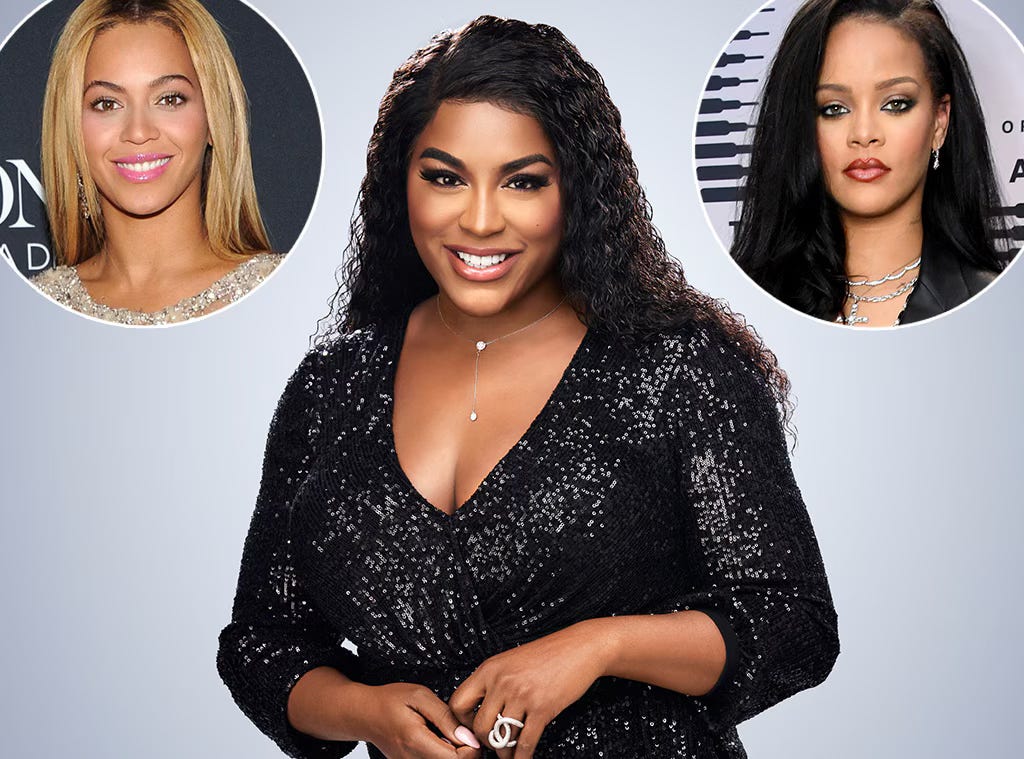
Top-Down or Bottom-Up
Last week, I had a meeting with an American music producer here in Los Angeles, and we discussed his approach to making music. He said “I’m a bit traditional in the sense that I like to build songs from the top-down instead of bottom-up.” He explained that he focuses on writing the song first and then produce it rather than create beats for artists who use them to write melody and lyrics to. He likes to come up with a great lyrical concept for a song, write a great lyric and pair it to a great melody. Or, write the melody first and then lyrics. Songwriters do this differently. The most prominent songwriter I can think of who consistently does this one way, is Elton John, who always writes melody and chord progressions to a lyric he has received from a lyricist such as his long-time collaborator Bernie Taupin.
Songwriting began as top-down, and it is only in recent decades that the idea of creating a track first without melody and lyrics for the songwriters (topliners) to then get inspired by, became the norm.
The pendulum is starting to swing back to current artists, songwriters and music producers supporting the more traditional approach to songwriting. In addition, music producers are getting more invested in artists’ long-term projects and goals.
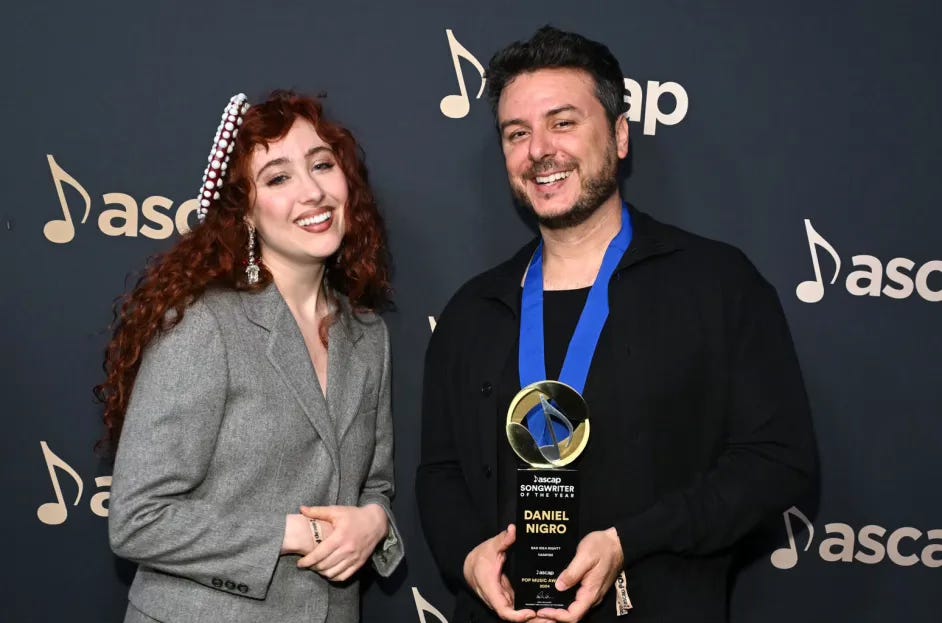
Music Producers and Artist Development
One current music producer who is experiencing a lot of success with his artist development projects, is Dan Nigro. He is responsible for recent hit songs and albums by Chappell Roan, Olivia Rodrigo, and Conan Gray.
We see a growing trend where music producers are looking for artist projects rather than one cut with a big artist. The artist development that record companies used to do, is now more and more being done by music producers. Producers, as well as artist managers, find and develop talent outside the major label structure to get them ready to be noticed by major labels. The goal is often a major record deal in order to access the financial muscle of a label, in particular when it comes to marketing and promotion money, because launching a new artist in this era defined by people’s limited attention-span, and proliferation of audio and audio-visual platforms, is expensive.
Over the past two and a-half decades, one particular songwriter and music producer has had tremendous success: Sweden’s golden boy, Mr. Max Martin.
Sweden’s Pop Music Icon
Max Martin rose to fame in the late 1990’s by writing iconic pop hits for boy bands, including “I Want It That Way,” “Everybody,” “As Long As You Love Me” and “Shape of My Heart” for the Backstreet Boys, and “It’s Gonna Be Me” and “Tearin’ Up My Heart” for *NSYNC. Max Martin is one of the most successful songwriters and producers of all time, with 27 number one Billboard Hot 100 hits, only beaten by Sir Paul McCartney with 32. He is also someone who has been known to embrace the album project approach extremely successfully throughout his career, even after the boy band era. Think of albums such as ‘Teenage Dream’ by Katy Perry or ‘1989’ by Taylor Swift, for example. Max is all over those records.
Max Martin is known as someone who writes the song first. The melody is the most important element of a song to him. The lyrics are there to fit the melody, and the syllables must be right to match the melody. The recording and production process starts after the melody and a big chunk of the lyrics have been written.
Great Songs Go Places
It’s like building a car. The internal combustion engine, or the motor, is the most important part of a car. Without it, the car goes nowhere. The melody and lyrics are the most important parts of a song (obviously). With a crappy melody and cliché lyrics, the song goes nowhere. If your car’s engine is strong and reliable, you build a solid chassis; structural framework, you design it to attract customers, and you end up with a car people want.
Perfection Takes Time
As many music producers, if not all, have experienced at one point or another: You can’t polish a turd. A turd is still a turd.
The most successful songwriters and music producers don’t settle. If they are not 100% happy with the verses of a song, they work to improve them. If the chorus doesn’t hit the way they know a hit song has to hit the listener, they spend time making it better. They don’t think a song is completely done after a 3-4 hour songwriting session. If the song is good and has potential, they spend the time necessary to perfect it. One great song can be career-changing in a way twenty mediocre songs never can.
If you are a songwriter and/or music producer, do you consider yourself a top-down or bottom-up songwriter? Let me know in the comments!









I’m a singer, not a songwriter (yet) and really enjoyed this piece- I didn’t know about top-down vs bottom-up songwriting. Thank you, Erich.
Songwriter. Sometimes its solely one or the other, but usually somewhere in between. Most commonly it's top-down but working off a hook or a beat created in DAW to find the heart of the song (so dipping into 'bottom-up'). The glimpse into what a finished record might sound like is what will make me wanna then sit down and write it all out on just guitar or piano.